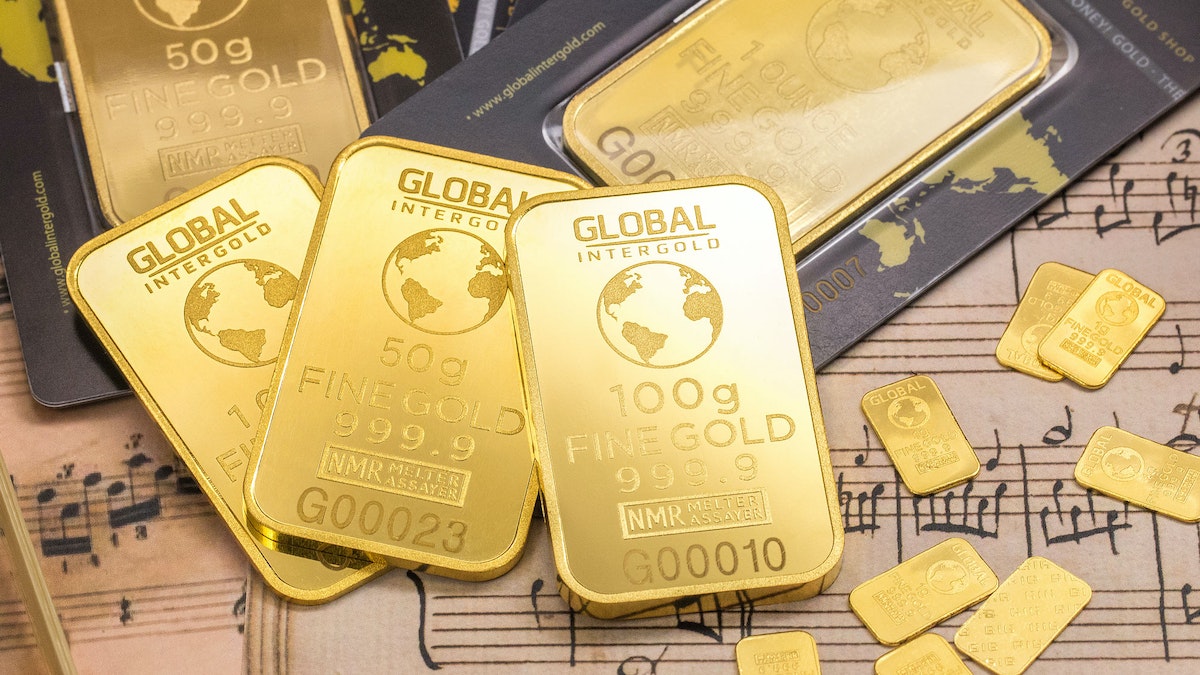Commodity CFD trading is becoming increasingly popular. Traders are constantly on the lookout for new methods to increase their earnings, which could be one of the keys to reaching your objective.
Looking to trade commodities but don’t know where to start? Commodity CFDs might be just what you’re looking for. This article will look at what commodity CFDs are and how you can trade them. We’ll also discuss the benefits of trading commodity CFDs and some essential tips for trading these contracts. So if you’re interested in trading commodities but don’t want to deal with the hassle, keep reading.
What is a CFD?
A contract for difference, also known as a CFD, is a contract between two parties, often known as a ‘buyer’ and ‘seller’. The buyer will pay the seller the difference between the present value of an asset and its agreed-upon value at maturity.
What is a commodity?
Commodities are assets that can be bought and sold as raw materials or primary agricultural products. The Commodity market is the world’s oldest and most influential marketplace. The commodity market is one of the world’s most liquid markets, with a high trading volume and consistent demand and supply, making it an easy market to enter.
Because the commodity market is driven by a small number of huge businesses and controlled by governments, it is dominated by tiny groups of big firms and regulated. This implies that supply is tightly restricted to prevent prices from fluctuating too much.
What is a commodity CFD?
A contract for difference that involves commodities is known as a commodity CFD. By using this type of contract, traders may speculate on the price fluctuations of various commodities without actually owning the underlying asset.
Trading commodity CFDs
Common commodities traded via CFDs include gold, silver, oil, and natural gas.
CFDs allow traders to take advantage of both rising and falling prices, and you can use leverage to magnify potential profits (and losses).
When trading commodity CFDs, it is vital to be aware of the factors that can influence the prices of these assets. These include, but are not limited to, supply and demand dynamics, geopolitical developments, and even weather conditions, especially for agricultural commodities such as wheat, corn, and soybeans, among others.
Examples of commodity CFDs
Here are some examples of how commodity CFDs have been traded in recent years:
In 2016, after the Brexit vote, investors were worried about the potential impact of a British exit from the European Union on global economic growth. It led to a haven demand for gold, and as a result, the price of gold rose sharply.
In early 2018, severe weather conditions in Australia caused disruptions to the country’s coal exports, which led to global coal prices, and traders who had short positions in coal CFDs lost money. Later that year, political and economic tensions between the US and China escalated, leading to concerns about a trade war between the two countries. These concerns led to increased demand for safe-haven assets such as gold and silver, and as a result, prices of those commodities rose.
As these examples show, commodity CFDs can be a volatile and risky investment. However, for traders who are willing to take on this risk, commodity CFDs can offer the potential for large profits.
To sum it all up
Commodity CFDs are a type of contract that allows investors to trade the price of commodities without taking physical delivery of the assets. This makes it possible to speculate on commodity prices without owning and storing the underlying product. Commodity CFDs can be traded through an online platform, making them accessible to anyone with an internet connection.
CFDs are a popular investment tool because they allow traders to profit from rising and falling commodity prices. By buying a CFD when prices are low and selling when they rise, traders can generate profits even if the underlying asset doesn’t move. Conversely, if prices fall, traders can still make money by selling their contracts at a higher price than they bought them for.


